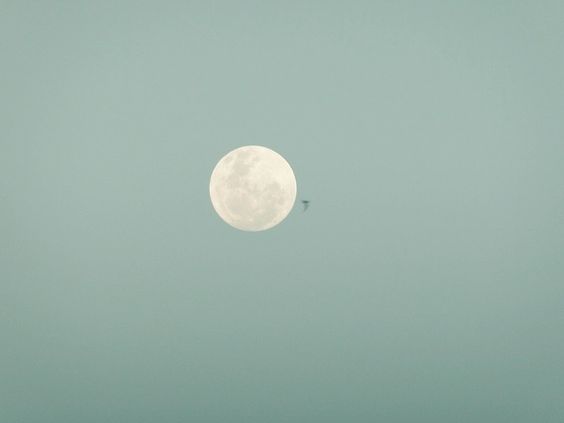Water ~ Human body's major component.
Most of the water in the human body is contained inside our cells.
The average adult human body is 50-65% water, averaging around 57-60%.
Stars are like nuclear reactors. They take a fuel and convert it to something else. Hydrogen is formed into helium, and helium is built into carbon, nitrogen and oxygen, iron and sulfur—everything we're made of.
Most of the hydrogen in our body floats around in the form of water.
Perhaps, the muse we hear, and feel, as an instinct, is a kind of mystical knowing
of an ancient voice that whispers, creating ripples, on waters within.
Maybe, we only need to learn the language and really listen to better understand ourselves.
~ Tracey-anne





























































